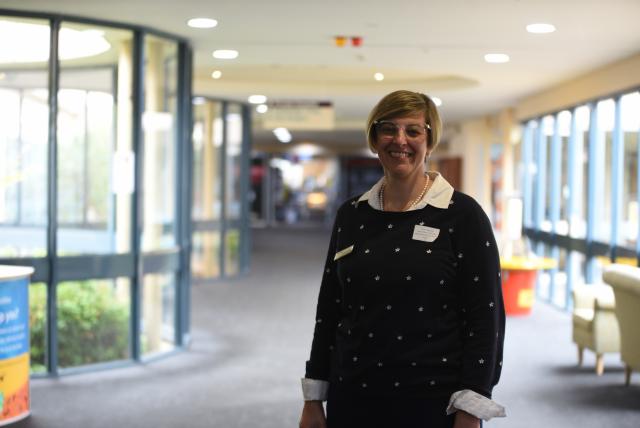
Elsie Adamo
THE Limestone Coast Local Health Network (LCLHN) is hopeful the current wave of Covid-19 infections will peak in the next week.
LCLHN executive director of medical services Dr Elaine Pretorius said modelling from SA Health suggested the peak in South Australian Covid-19 cases is due this week or the week after, and cases locally have “come down very quickly” following a spike after New Year’s Eve.
“It does look as if we have settled,” she said.
“Hopefully the modelling is accurate, and things will start looking up for South Australia.”
On December 29, SA Health confirmed that the Limestone Coast had 25 confirmed cases of Covid-19.
Yesterday SA Health data showed 1182 active cases and 2554 total cases in the Limestone Coast.
There were three events Dr Pretorius highlighted as having an impact on case numbers in the region, Teys Australia Abattoir outbreak in Naracoorte, an outbreak at Bordertown, and an outbreak at Robe over the New Year’s Eve period.
“In small communities even a slight outbreak does impact quite heavily on a community,” she said.
“If I could I would just leave everyone in their houses but that is not going to happen.
“My encouragement would be for people to continue to be sensible.”
Dr Pretorius said that a big problem has been complacency as the public can view the Omicron variant as a mild disease and less of a risk.
“It might be mild in the type of complications it causes or mild with regard to hospitalisation, but it is very highly infective,” she said.
“When only one per cent of a really large number is admitted to hospital that is still a very large number.”
“The impacts of a whole community being infected is that the vulnerable people in the community do still get really unwell, but we have also seen that people cannot go to work, supply chains are interrupted and health care is interrupted.
“My main call would be that people still consider Covid as a condition best avoided.”
The current rate of known infections being admitted to hospital, Dr Pretorius said, was around 0.6 per cent.
Last week Grant King, LCLHN governing board chair, estimated that about five per cent of the network’s workforce was unable to work, but Dr Pretorius said that number was beginning to improve.
“We still have significant pressure on staffing, and that is true across the health system,” she said.
Dr Pretorius confirmed that no positive testing staff would be required to continue working.
“We would never bring people that are Covid positive back into work,” said Dr Pretorius.
The health facilities are currently subject to Covid Status (CoSTAT) level 4, which limits visitors to facilities, essential visitors only to aged care facilities, surgeries only for category 1 and emergency situations, and telehealth for outpatient appointments except when classified as essential.
“The CoSTAT levels are a sensible approach to times where there is a significant event affecting the health services,” Dr Pretorius said.
“The CoSTAT 4 allocation allows us to start limiting ourselves to essential services.
“When we look at the CoSTAT we look at our community services, our acute services, our aged care services and our staff, and then allocate changes that are appropriate for that CoSTAT level.”
The level is something Dr Pretorius said is reviewed on a daily basis but is not likely to need to be changed at this stage.
“The reason why we would go to a higher CoSTAT level would be pressure on beds, on staffing, on our community teams, or where the community spread in a certain area was overwhelming,” she said.
“I do not think at the moment we have considered going to a CoSTAT level 5.”
The spread of the highly contagious Omicron variant meant that pressure on the LCLHN mounted quickly.
“We were quickly swamped with a lot of cases,” said Dr Pretorius.
“I think everyone was taken aback by how rapidly the outbreak started, and how rapidly the case numbers climbed.
“But since then, we have got pretty good at it, and most of the systems and processes are well in place.”
Dr Pretorius said that the reported Covid numbers across the State were probably not an accurate representation of the spread.
“I think that there are a lot of people who are symptomatic who are not going for tests,” she said.
“I also think there are Rapid Antigen Tests (RATs) being done that are currently not being reported, but hopefully that will improve.”







